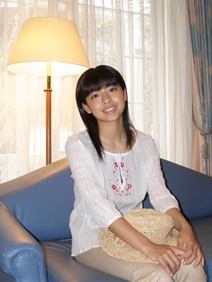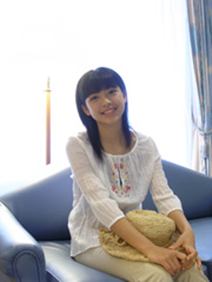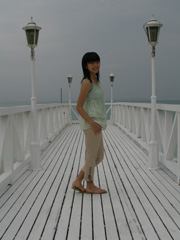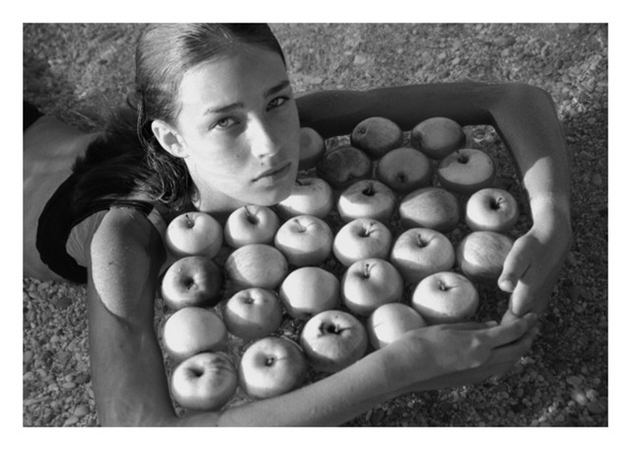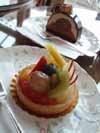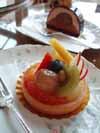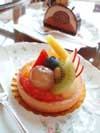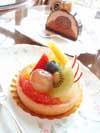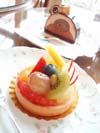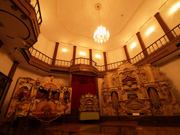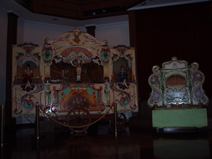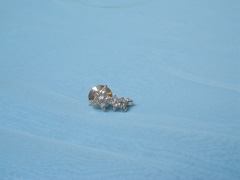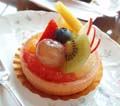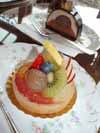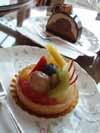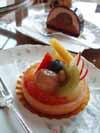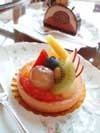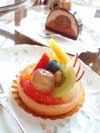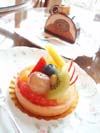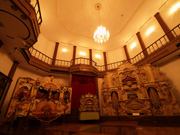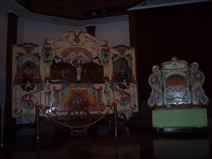| One common mistake of pictures that include people and scenery is that the people are too far from the camera. When the people are too far, it’s difficult to recognize who is the person in the picture. |
Taking Pictures of People – Groups
Set [SCENE] to Landscape+Portrait
Leave the cameras settings to the [SCENE] mode and simply concentrate on the composition of the picture. One common mistake of pictures that include people and scenery is that the people are too far from the camera. When the people are too far, it’s difficult to recognize who is the person in the picture. By contrast, even if the people are close enough, if the background is too far, it’s difficult to understand the whole circumstances of the picture. To get a good balance between the people and the background, first position the camera in such a way that the background appears at a suitable size. Then let the people come in at an appropriate distance from the camera. Then you can change the balance between the people and the background by having them com closer to the camera. By zooming out (W) with the camera, you can make it easier to take a clear picture of both, the people and the background.
Common mistakes of pictures including people and scenery.
 |
 |
 |
|||
| Both, the people and background are too small | The people are the right size but the background is too far and too small | The people in the front hide the background |
Useful things to remember
- When shooting a group picture, you can set the AF mode to [SPOT] to make it easier to focus exactly on the subject you want. When the camera is fixed to a tripod it is convenient to use [AREA], but with camera models that don’t have this function use the focus lock instead.
- When the camera is fixed to a tripod you can use the self-timer to avoid camera blur. You can also use the remote control with camera models that have this function.


